English Heritage sites near Alciston Parish
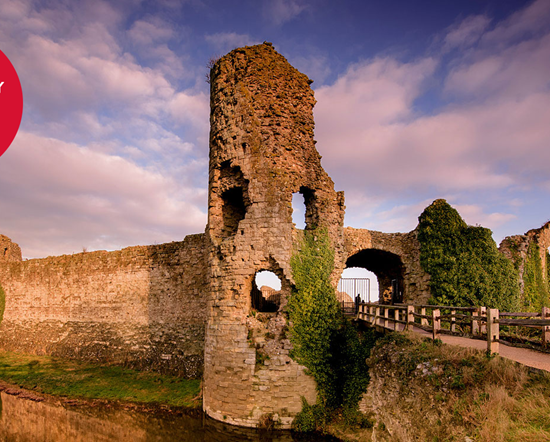
PEVENSEY CASTLE
9 miles from Alciston Parish
With a history stretching back over 16 centuries, Pevensey Castle chronicles more graphically than any other fortress the story of Britain's south coast defences.
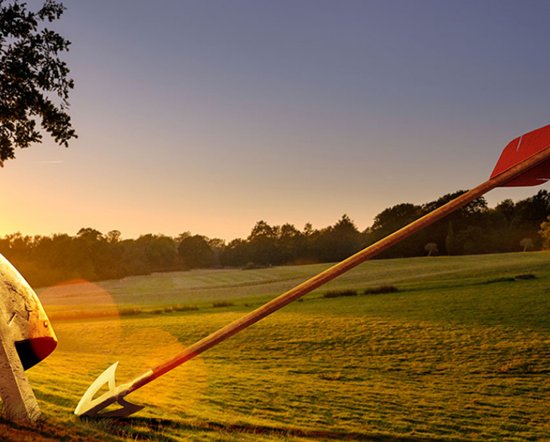
1066 BATTLE OF HASTINGS, ABBEY AND BATTLEFIELD
17 miles from Alciston Parish
For a memorable family day out in Sussex visit Battle Abbey, the site of the 1066 Battle of Hastings. An enjoyable way to discover more about the most famous date in English history.
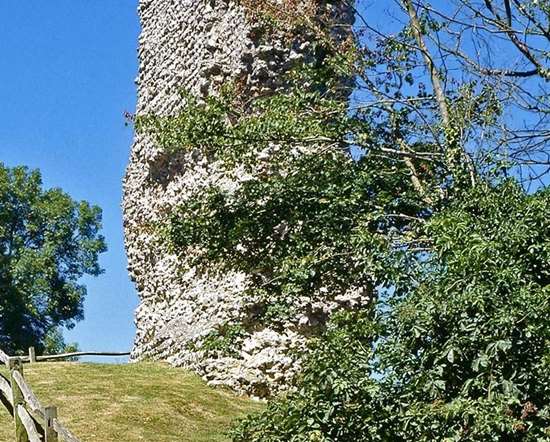
BRAMBER CASTLE
20 miles from Alciston Parish
The remains of a Norman castle on the banks of the River Adur, founded by William de Braose soon after the Norman Conquest.
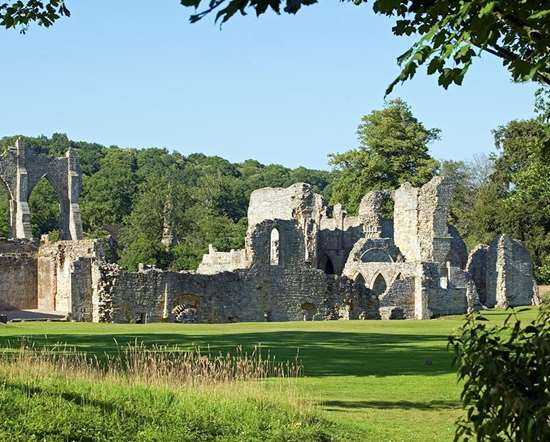
BAYHAM OLD ABBEY
21 miles from Alciston Parish
Bayham Abbey makes a fascinating day out on the Kent Sussex border. The impressive ruins include much of the 13th to 15th-century church, the chapter house, and a picturesque 14th-century gatehouse.
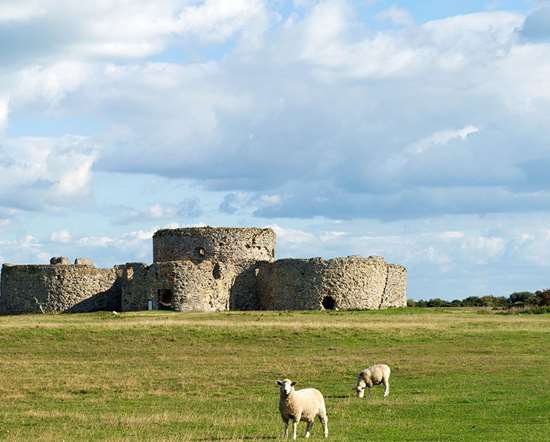
CAMBER CASTLE
27 miles from Alciston Parish
Enjoy a guided tour around this historic castle built by Henry VIII. Camber Castle lies between Rye and Winchelsea. The ruin of an unaltered artillery fort designed to guard the port of Rye.
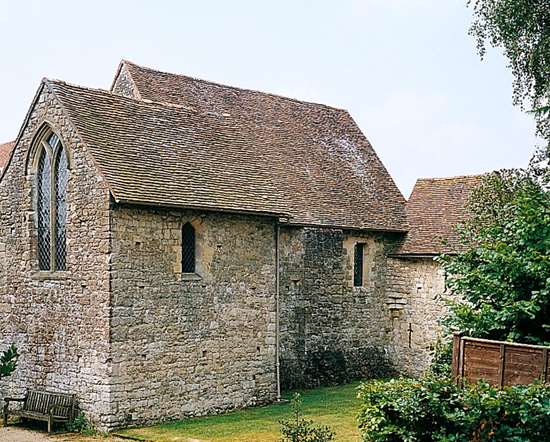
OLD SOAR MANOR
31 miles from Alciston Parish
A small but complete portion of a stone manor house built about 1290. The first floor 'solar' private chamber, with attendant chapel and garderobe, stands over a vaulted undercroft.
Churches in Alciston Parish
Alciston Church

Off A27 (Alciston Court)
Alciston
Polegate
(01323) 870512
http://www.sussexdownlandchurches.org.uk
Alciston Church Guide
The original name of Alciston was Aelfsige's ton, i.e. the enclosed place of Aelsige. The Domesday Book speaks of a valuable estate at Alistone of some 50 hides and 28 ploughs. By then it had become the property of the monks of Battle Abbey, part of whose grange is now incorporated into the present farm house, Alciston Court. Other monastic remains are a very fine tithe barn, a 14th century dovecot and some fishponds. Nearby is an old priest's house.
After the Dissolution of the Monasteries the manor was given to Sir John Gage in return for a knight's fee, i.e. the provision of armed horsemen for the king's service. The church we now see, whose dedication is also unknown, is built of flint, the earliest visible feature being the one remaining Norman window. But excavations in 1984 found, under the East window, the remains of an Apse of finely cut chalk blocks, belonging to an earlier, pre-Conquest, church. This was destroyed when the present Chancel was built, which in turn was modified in the 12th century and shortened in the 15th.
The whole building was drastically ‘restored' in 1853, and the porch reconstructed in 1951. The list of vicars dates from 1353 and the registers from 1575. There are two bells in the turret over the West end of the nave, one of which dates from about 1380 and carries the inscription: Sancta Agatha Ora Pro Nobis. The other was cast a few years later.
Church Features
The South Chancel wall contains a blocked up Priest's door, with five scratch dials on the jambs, and signs of a blocked arch whose purpose is unknown. The purpose of the scratch dials was to show the times of services. On the North side of the chancel, close to the east end wall, are the remains of an early English window, which proves that the whole chancel was at one time a good deal longer than it is today. The next two windows are also Early English and western one is the only remaining Norman window.
The porch door is largely 15th century, and near it on the East side is a stone containing a scratch dial and marks where arrows were sharpened. The font is probably 15th century, but has been much restored.
The nave roof has a stilted trussed roof with heavy tie-beams, moulded king-posts and wall plates, in three bays. The turret is upheld by two mural oak beams reaching from the floor to the tie-beam. The chancel has no arch and its roof was restored in 1898.
The altar table is 18th century: and within the sanctuary rails are a 17th century chair and two ledgers with the following inscriptions: "W. Meres, 1623", "Heare lyeth the Body of John Metes Sunn of Thomas Meres who dyed July the 12 day Anno 1641".
The church's plate includes a silver communion cup of 1661, a silver paten of 1606, and a pewter flagon and plate.
Pubs in Alciston Parish
Barley Mow
 Reopened under new management in April 2015 and refurbished in a traditional manner, this grade 2 listed building was originally a courthouse. The pub has two bar areas with a restaurant/function room and an outside decked area. This is a...
Reopened under new management in April 2015 and refurbished in a traditional manner, this grade 2 listed building was originally a courthouse. The pub has two bar areas with a restaurant/function room and an outside decked area. This is a...
Rose Cottage Inn

The Village, Alciston, BN26 6UW
(01323) 870377
therosecottageinn.com/
